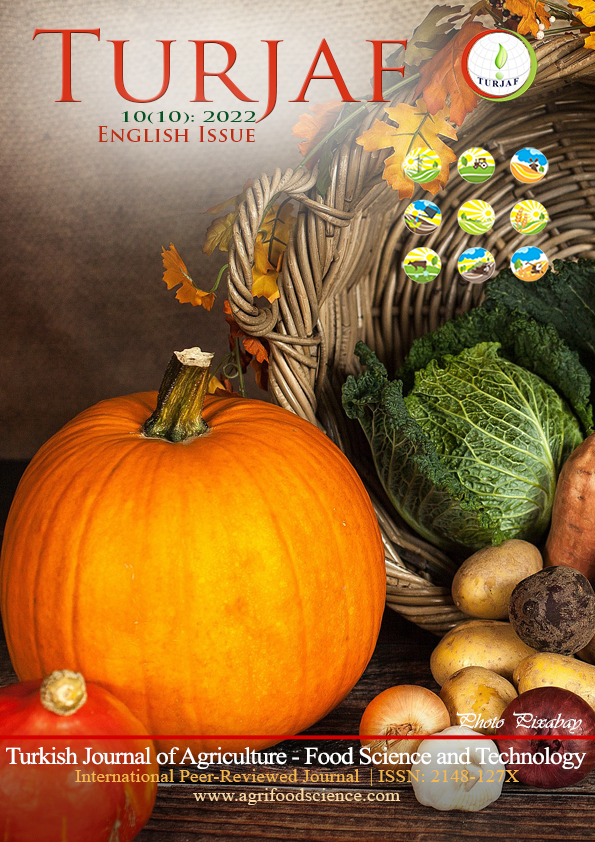Free Radical Scavenging and Antinociceptive Activities of the Aqueous Extract from Matricaria chamomilla L. Flowers.
DOI:
https://doi.org/10.24925/turjaf.v10i10.2076-2080.5330Keywords:
Matricaria chamomilla, polyphenols, antioxidant activity, analgesic activity, diclofenac sodiumAbstract
Background: Matricaria chamomilla L. (M. chamomilla) is a famous medicinal plant distributed worldwide. It is widely used in traditional medicine to treat all kinds of diseases, including infections, neuropsychiatric, respiratory, gastrointestinal, and liver disorders. It is also used as a sedative, antispasmodic, antiseptic, and antiemetic. Our aims in this study was thus to quantify the phenolic, flavonoids contents in the flower of this plant, and also to evaluate the in vitro antioxidant potential and the in vivo analgesic activity. Methods: The total phenolic and flavonoid contents of the plant aqueous extract (MCAqE) were estimated using the Folin–Ciocalteu and AlCl3 colorimetric methods, respectively. However, DPPH method was used to evaluate the in vitro antioxidant activity. Analgesic activity was tested by acetic acid induced writhing model in mice. Results: Quantitative determination of total polyphenols and flavonoids revealed that this extract contained 158.41±1.6 mg gallic acid equivalent/g of dry extract and 37.06±0.56 mg quercetin equivalent/g of dry extract, respectively. The antioxidant activity of the plant extract was important (IC50=3.08±0.25 mg/mL). MCAqE extract, at 400 mg/kg, showed analgesic activity (39.60±8.70%) against acetic acid induced pain in mice while the standard reference drug Diclofenac sodium exhibited 90.44±2.80% activity at 10 mg/kg dose.Downloads
Published
12.10.2022
How to Cite
Kaoudone, C., Benchikh, F., Abdennour, C., Benabdallah, H., Mamache, W., & Amira, S. (2022). Free Radical Scavenging and Antinociceptive Activities of the Aqueous Extract from Matricaria chamomilla L. Flowers. Turkish Journal of Agriculture - Food Science and Technology, 10(10), 2076–2080. https://doi.org/10.24925/turjaf.v10i10.2076-2080.5330
Issue
Section
Research Paper
License
This work is licensed under a Creative Commons Attribution-NonCommercial 4.0 International License.









